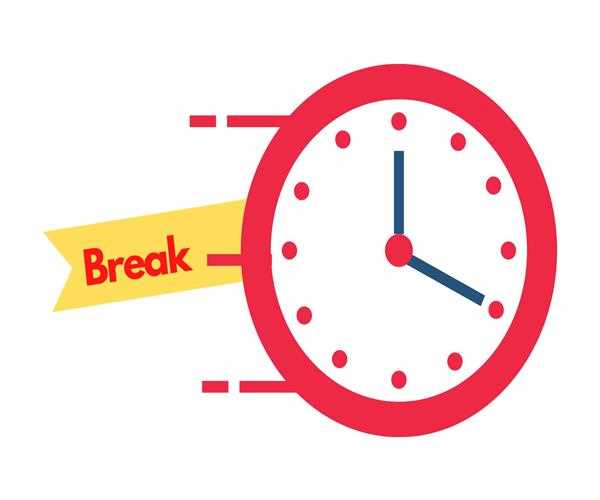Search here

28-Jul-2021
Do breaks between studies help in better performance? - Know how!
Do you open Instagram and keep scrolling reels or open YouTube to know about one topic and end up finishing the whole series or does your 10 minutes break last long up to 24 hours?
Losing concentration and want to take breaks while studying or working? Use the inadequacy (flaw) to increase your productivity/efficiency to concentrate and score more in your exams.
Here's a scientifically proven technique that will help to increase your adequacy:
The Pomodoro Technique.
About the method:
The Pomodoro method or 25/5 technique was invented by Francesco Cirillo in the late 1980s. He discovered that taking short breaks while working increases focus and proficiency, thus it is likely named, The Science of Focus. The literal meaning of Pomodoro is a sauce out of tomatoes typically made for pasta, you must be wondering how this name struck Mr Cirillo? He had a tomato-shaped watch that used to mark the intervals in school and this tomato-shaped timer is also the symbol of Pomodoro.
How does the technique work?
After every 25 minutes of study or work take an efficient 5 minutes break and after such four breaks take a 15 minutes break which will let your brain absorb the information in the meantime. It allows maintaining work/rest blocks. If you think 25 minutes is too less then you exceed it up to 40 minutes or 60 minutes whatever works for you; the main motive is to work or study in regular intervals.
What to do in 5 minutes break?
Do some quick exercise
Meditate
Clean your room/workspace/desk
Listen to energetic music
Do some household chores
Get yourself a snack or drink
Take 5-minute walk
Sketch or Doodle
Solve Rubik's cube
Find out five new words from a dictionary
Avoid these things in a 5-minute break! (ALERT)
Don't scroll social media
Don't surf the internet
Don't talk to a friend
Don't engage in group chat
Don't play an online match
Don't skip your break
Is the technique scientifically proven?
When this method was tested on two groups of people the results amazed the scientist. Group A and B both the groups had the same amount of workload and in a contrast, team A worked at a stretch and team B in intervals of 40 minutes. The audience and scientists believed team A should win as they had no breaks in between, but the results varied at the end, Team B completed the whole task in 6 hours wherein Team A was stuck completing the task. Taking breaks takes a longer time but it's an efficient technique to increase proficiency in the longer run. Hence, it is a scientifically proven technique.
Feeding too much information in the brain at the same time leads to confusion and loss of information it's better to take proper and efficient intervals in between to let the brain absorb and revise all the information.

Student
I'm Anushree Dey, a final year student in B.Com also pursuing CMA, learnt many skills including dance, instrument, calligraphy etc., writing is my all-time passion and I love to be around people and also to learn new skills every day.
Join Our Newsletter
Subscribe to our newsletter to receive emails about new views posts, releases and updates.
Copyright 2010 - 2025 MindStick Software Pvt. Ltd. All Rights Reserved Privacy Policy | Terms & Conditions | Cookie Policy